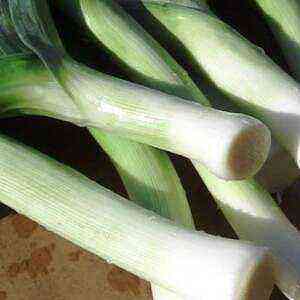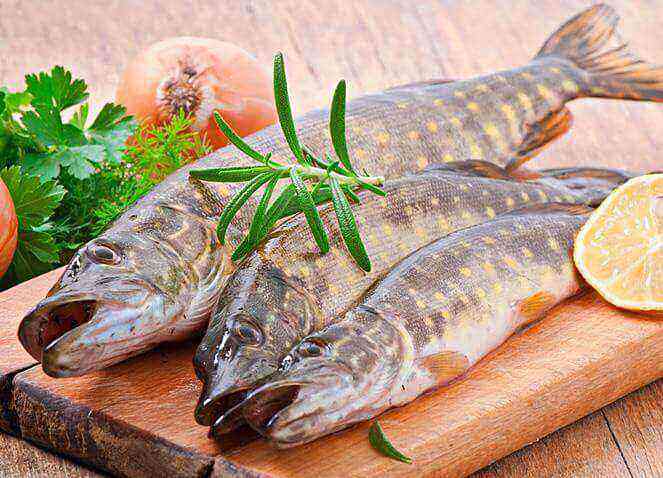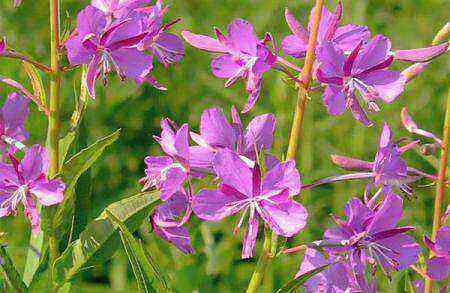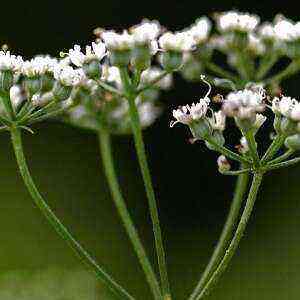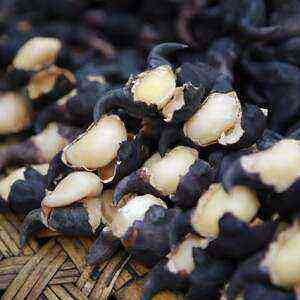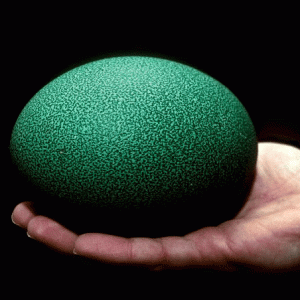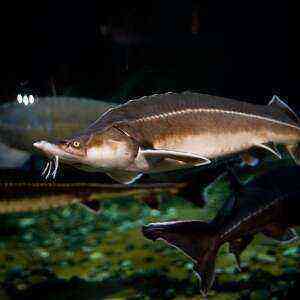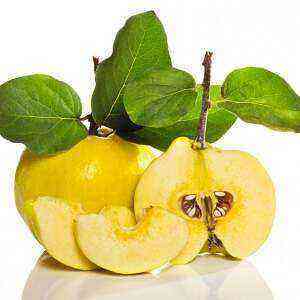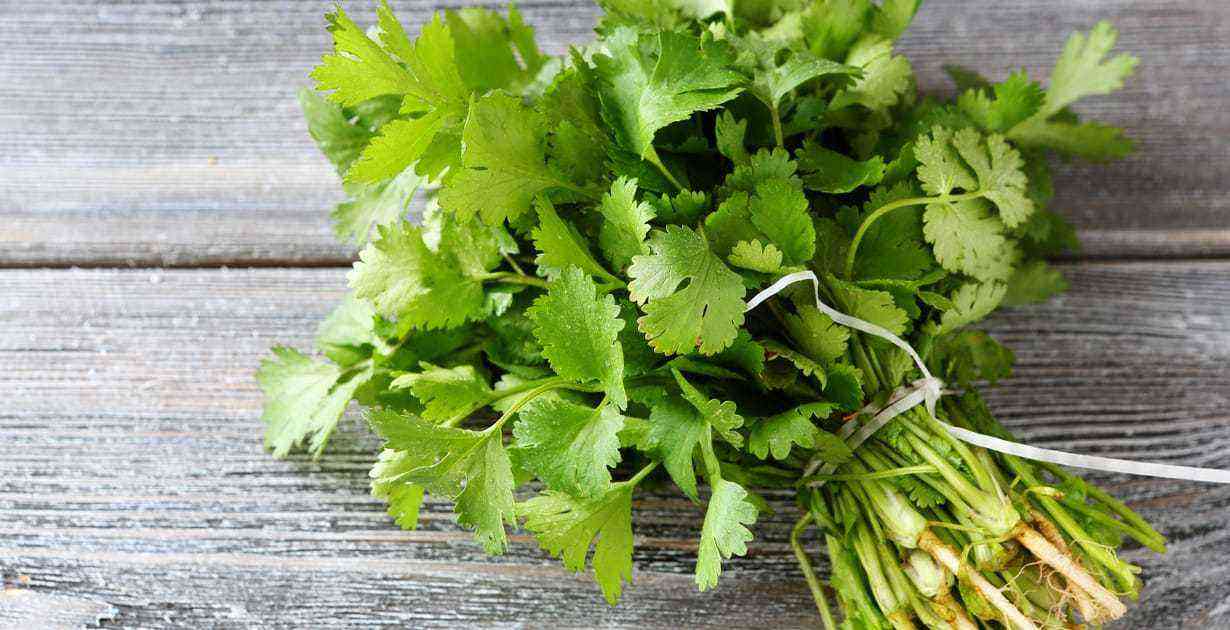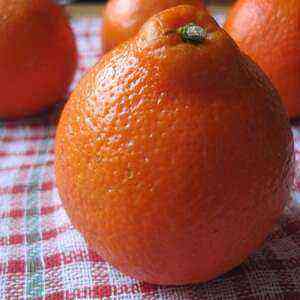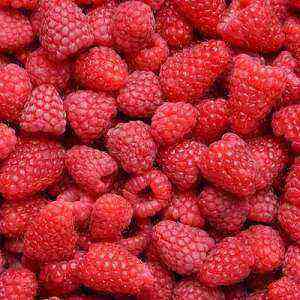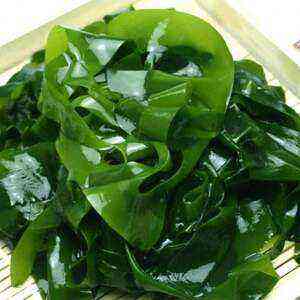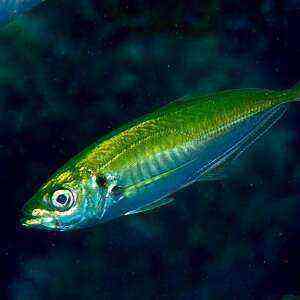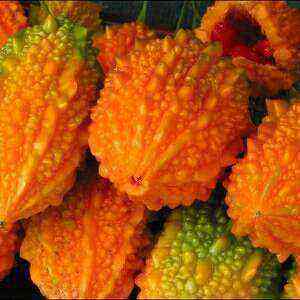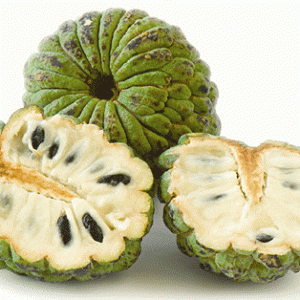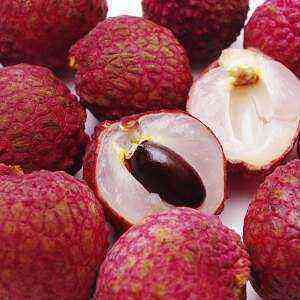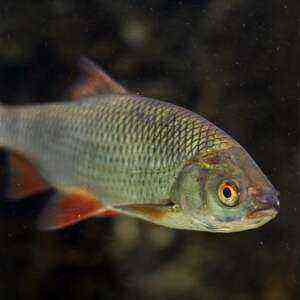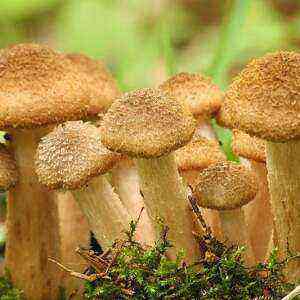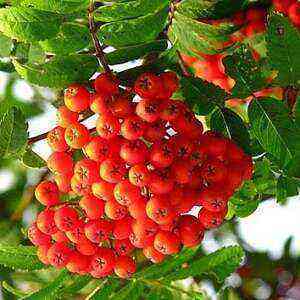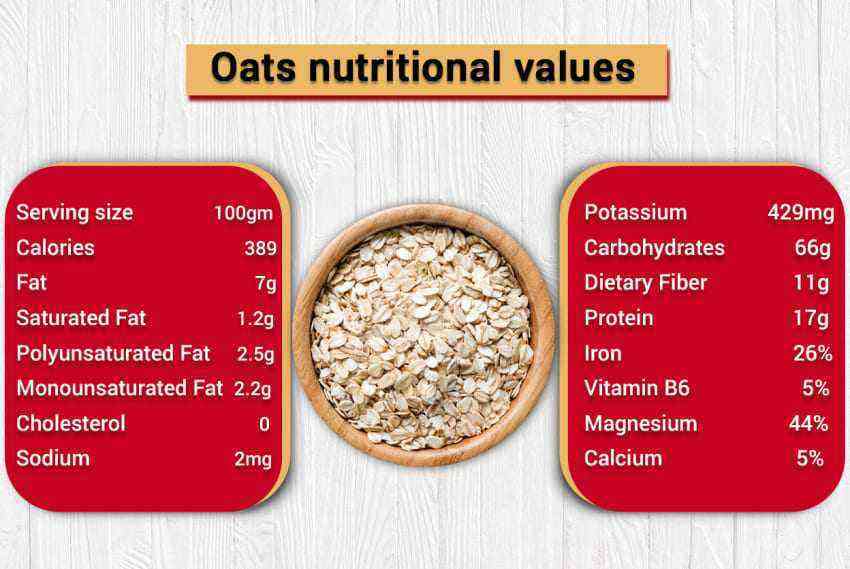Cabbage (lat.bassica oleracea) is a biennial plant of the cabbage family, a vegetable cultivated on an industrial scale. Nowadays, wild cabbage is no longer found, there is an assumption that its homeland was the Mediterranean coast.
The most familiar culture to us is white and red cabbage. They differ mainly in the color of the leaves, in white – white-green leaves, and in red – reddish-purple.
Cabbage composition
Before the discovery of potatoes, cabbage on the table was one of the main vegetables in European cuisine. The calorie content of white cabbage is only 27 kcal per 100 grams. It is very useful due to its many vitamins, minerals and fiber, it contains an almost complete set of essential substances for the normal functioning of the body. Provitamin A, B vitamins (B1, B2, B6), K and vitamin C. Cabbage also contains pantothenic and folic acids, calcium and potassium salts, phosphorus, zinc, aluminum and manganese, glucose and fructose. The leaves of the vegetable contain the most important antiulcer vitamin U (methylmethionine), which is able to fight diseases of the duodenum and manifestations of peptic ulcer disease.
Cabbage leaves have the ability to retain vitamins for a long time, in particular vitamin C, due to the fact that it is contained not only in its pure form, but also in a chemically bound form in the form of a substance called ascorbigen. It is the most stable form of vitamin C.
Useful properties and application
Eating fresh cabbage for food helps to regulate metabolic processes, strengthens blood vessels, and has an anti-sclerotic effect. The dietary fiber contained in the vegetable prevents the absorption of cholesterol and bile acids in the intestines.
Fresh cabbage juice taken on an empty stomach is an excellent cleanser for obesity, especially when mixed with carrot and beetroot juice. But it has a contraindication – it is not recommended to use it for people suffering from intestinal obstruction and with increased gas production.
Cabbage is a very popular product in Russian, Ukrainian and Belarusian folk cuisines. Such national dishes as cabbage soup, borscht, soups and stews rarely do without it. Cabbage is used as a filling for pies and kulebyak; Vitamin salads are made from fresh forks, and stewed, boiled or fried as a side dish.
Well, sauerkraut is not only everyone’s favorite product, but also fantastically healthy and tasty. It contains a huge amount of vitamin C and folic acid, which has a beneficial effect on the state of the body.



